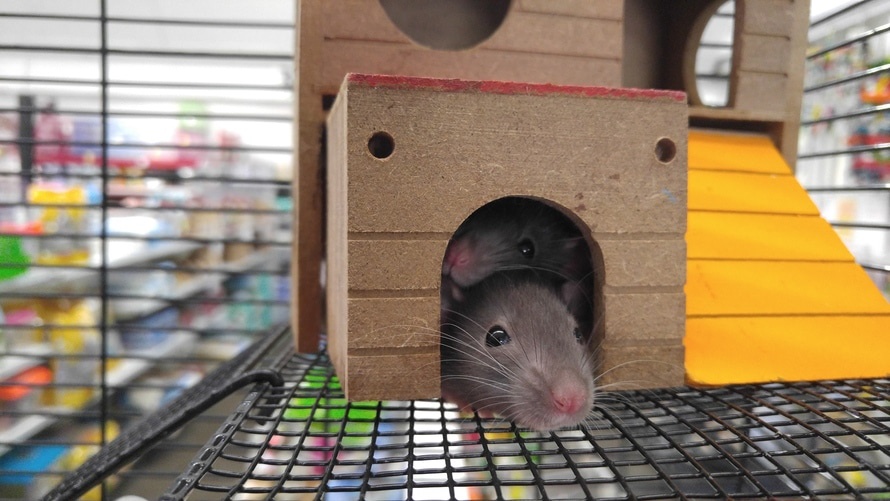Pests are classified according to what they do and not because of what they are. A pest can be any insect, fungus, rodent, or weed as well as other organisms. The dictionary of pest control defines a pest as “Any unwanted organism…”
Methods of Pest control
Pest management involves the reduction of pest populations by changing practices, making structural alterations and carefully using pesticides to eradicate them. Many ways are used to control pests, but the order of these methods follows a pattern. This includes inspection, habitat alteration, pesticide application, and lastly the follow-up.
Inspection
Pests mainly focus on a particular area. It is mandatory to understand the pest preferred sites and locate them. For a successful location of the infested areas, training and experience are important.
Habitat alteration
Infested areas provide a habitat for pests. Therefore, changing or eliminating some of these favorable elements will make their survival less successful. Such alterations include increased sanitization, moisture reduction, and the eradication of clutter.
Pesticide application
 Even though the effective alteration of the pest’s habitat can reduce or eliminate their population, it will be less than finished and the application of pesticide will be essential.
Even though the effective alteration of the pest’s habitat can reduce or eliminate their population, it will be less than finished and the application of pesticide will be essential.
Follow-up
Other pest management programs do not contain more than the minimum follow-up. This stage is mandatory in record keeping. However, follow-up practices such as detailed record keeping, oversight, and quality control program will make the difference between the success and failure of a pest management program in the infested area.
Approaches to pest control
Currently, there are four approaches to structural pest management activities. They include prevention, reaction, extermination, and integrated pest management. You may utilize one, a few or all of these methods depending on the available resources and the types of pest control problems encountered.
Preventive pest control
You are required to follow a pre-established schedule or route to make expected appearances, inspections, apply appropriate controls, and record the information for future reference. In this approach, pesticides are usually applied regardless of whether pests are observed or not.
Reactive pest control
In this method, you are required to make an inspection, identify infested sites, apply pesticides to pests or site and record the results. This method offers a quick response.
Pest elimination/pest extermination
At this level, technical expertise is needed. You are required to make intensive inspection and look for methods to reduce pest food, water, and harborage. This includes sanitization, maintenance improvements, habitat alterations, etc.
Integrated pest management
It was first used in protecting crops, but in recent years it has proved useful in structural pest management. After pest control, you are required to make a thorough inspection and soon after you are expected to come up with a detailed plan and schedule.
 Pests are unwanted organisms because their activities run contrary to those of the people living in the same ecosystem. Pest control methods are set up to prevent, react to, eliminate, or manage pests. Each approach has its positives and negatives. The most thorough method for pest management involves the coordination of various elements. This mainly depends on the nature of the infested site. Pests are distributed evenly in the ecosystem hence inspection is vital to locate them. Their habitat should be altered, and if this is not enough, pesticides can be applied to reduce their population. Lastly, evaluation or follow-up assessment makes the control results last longer.
Pests are unwanted organisms because their activities run contrary to those of the people living in the same ecosystem. Pest control methods are set up to prevent, react to, eliminate, or manage pests. Each approach has its positives and negatives. The most thorough method for pest management involves the coordination of various elements. This mainly depends on the nature of the infested site. Pests are distributed evenly in the ecosystem hence inspection is vital to locate them. Their habitat should be altered, and if this is not enough, pesticides can be applied to reduce their population. Lastly, evaluation or follow-up assessment makes the control results last longer.

